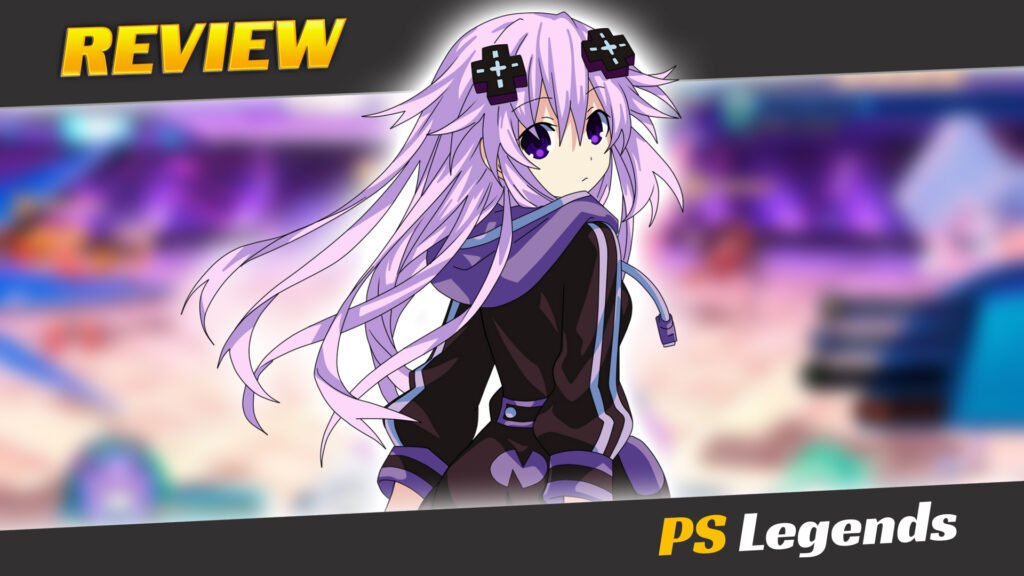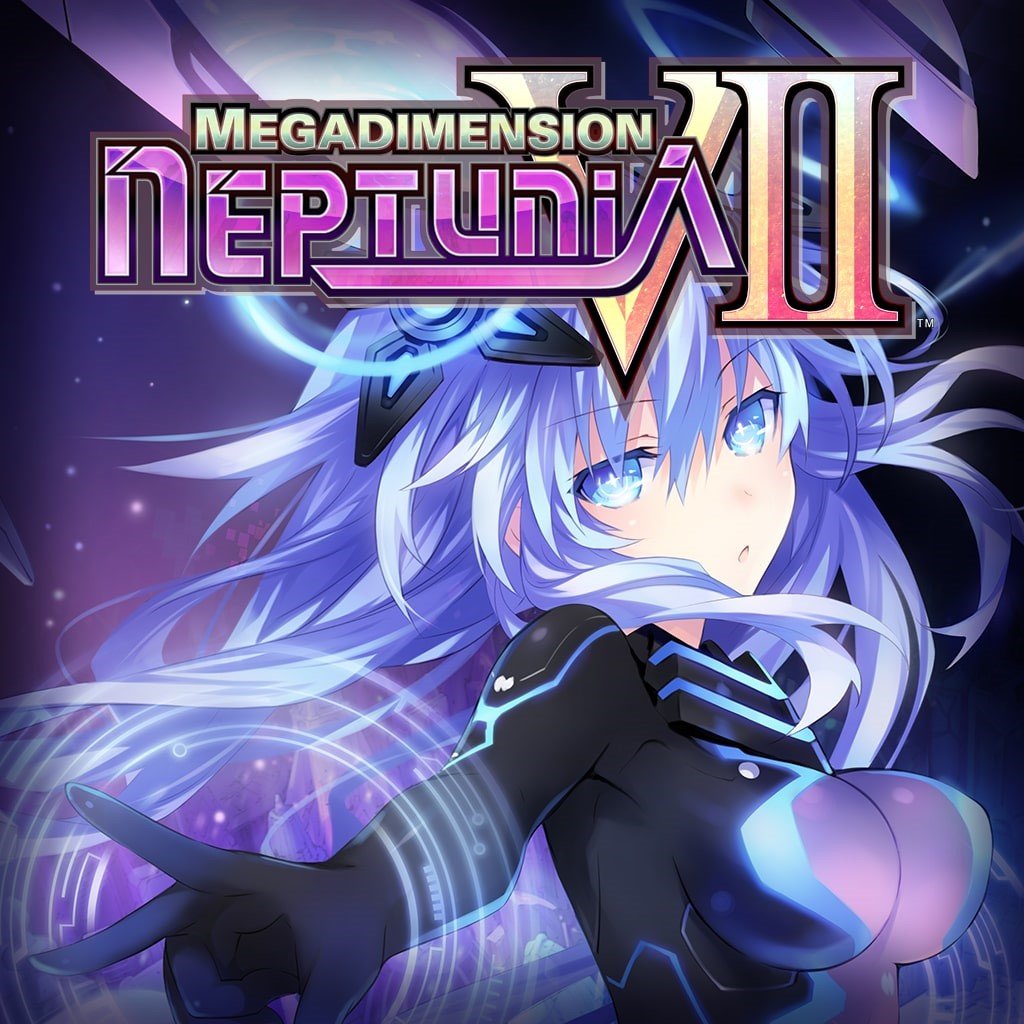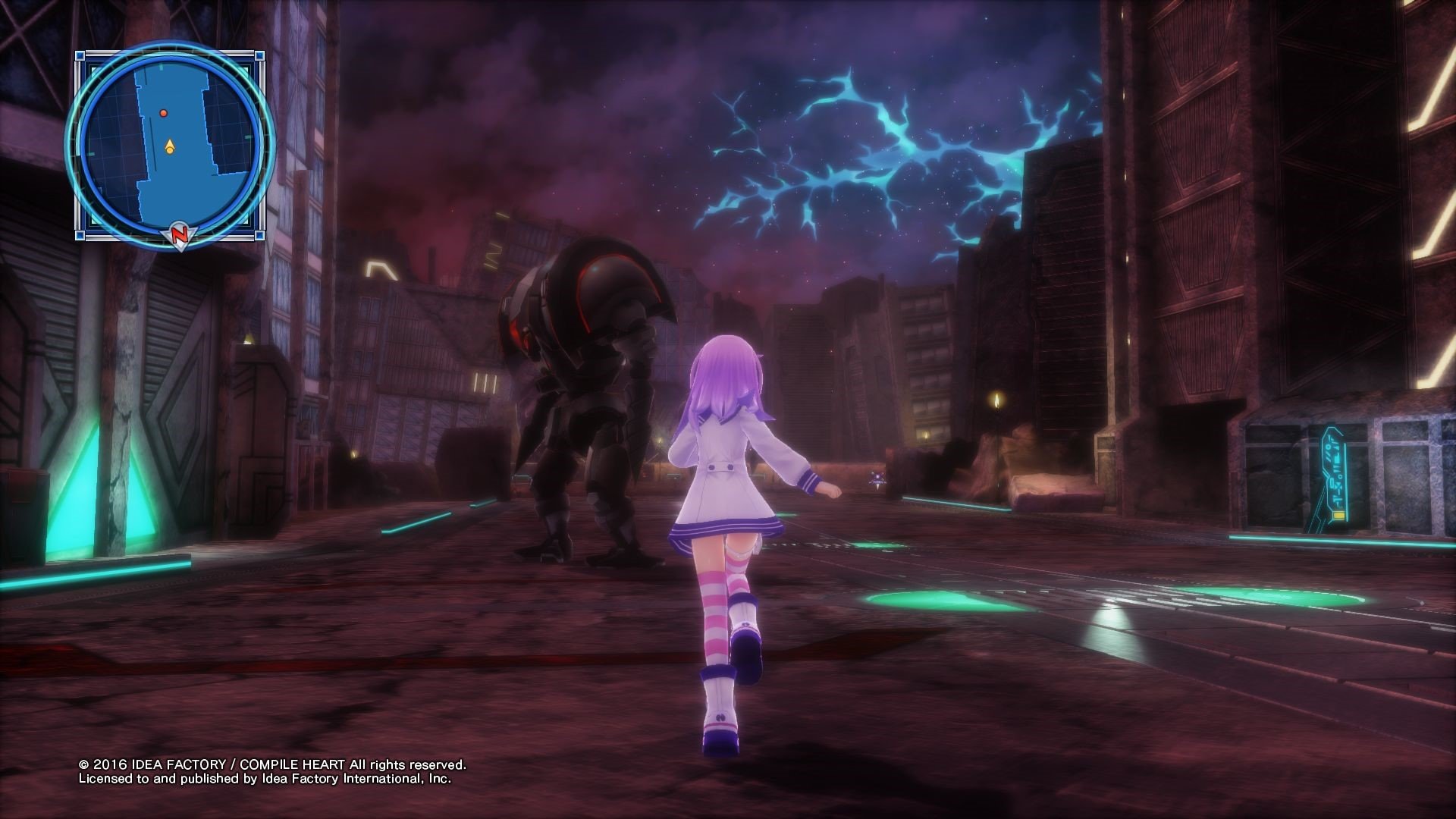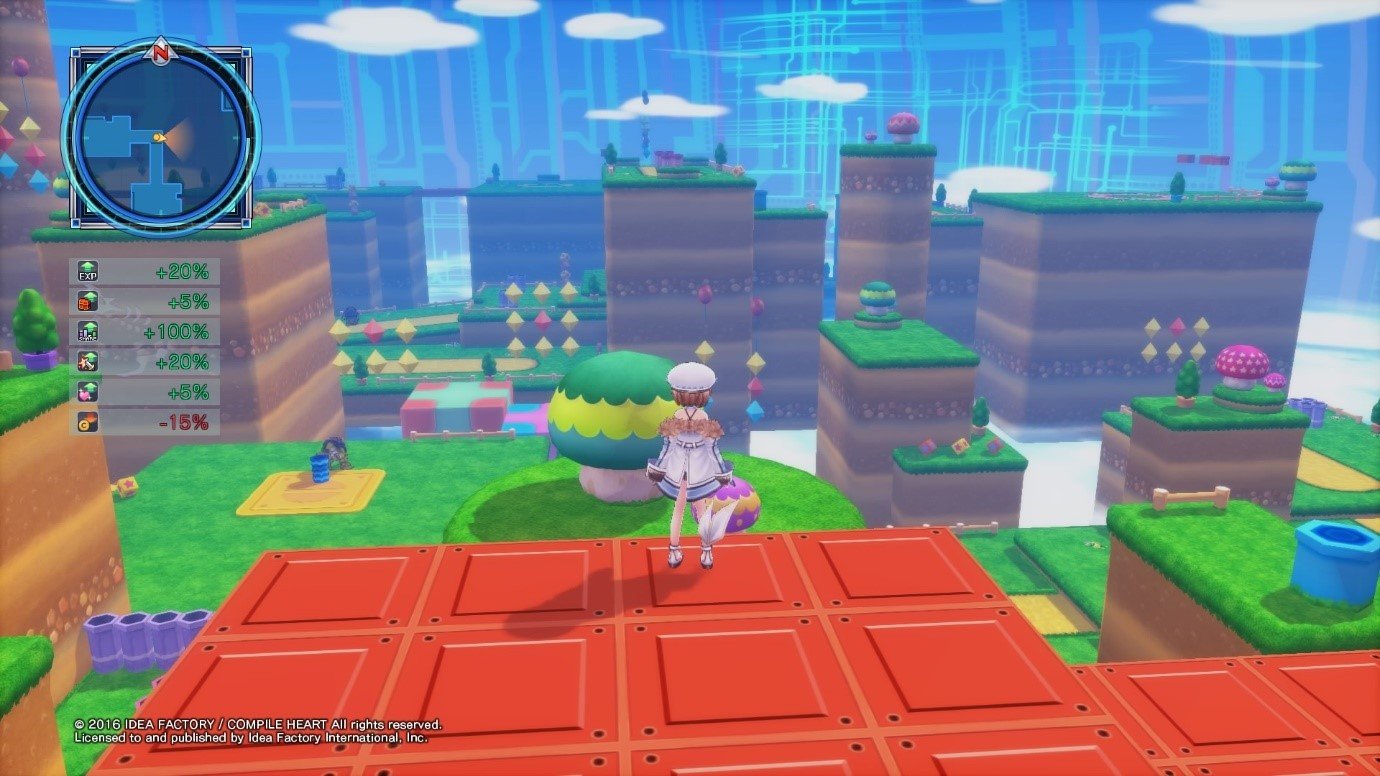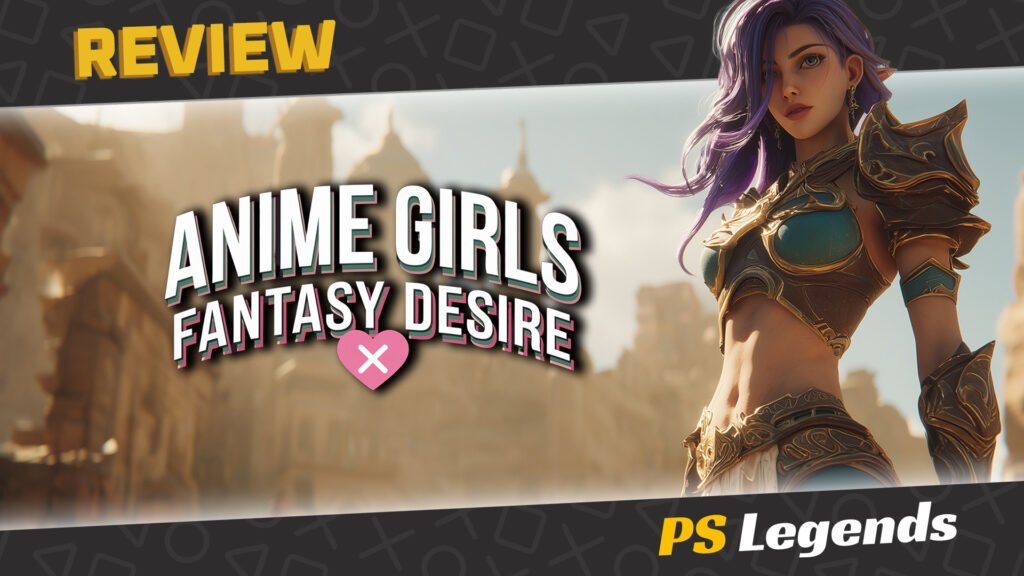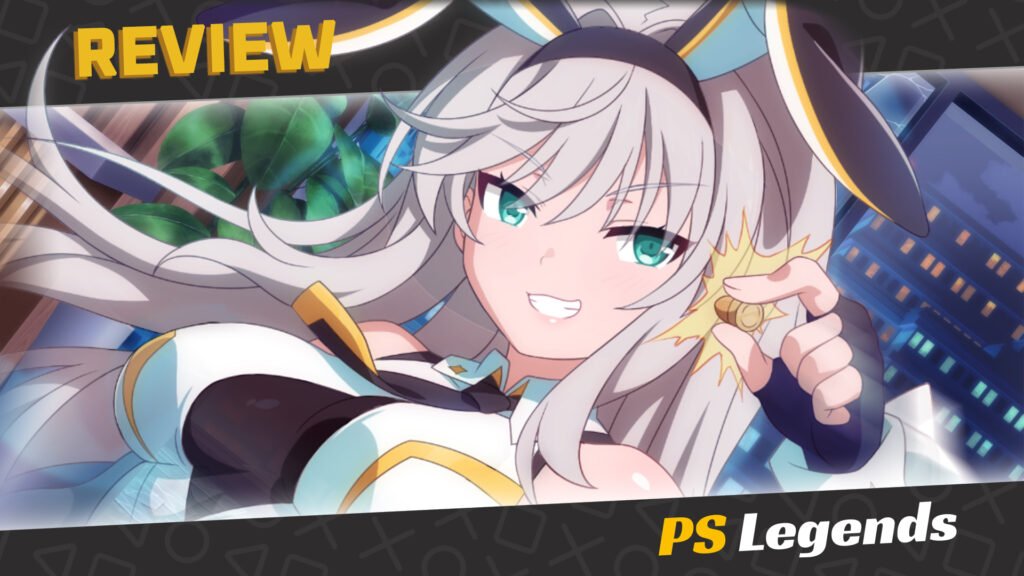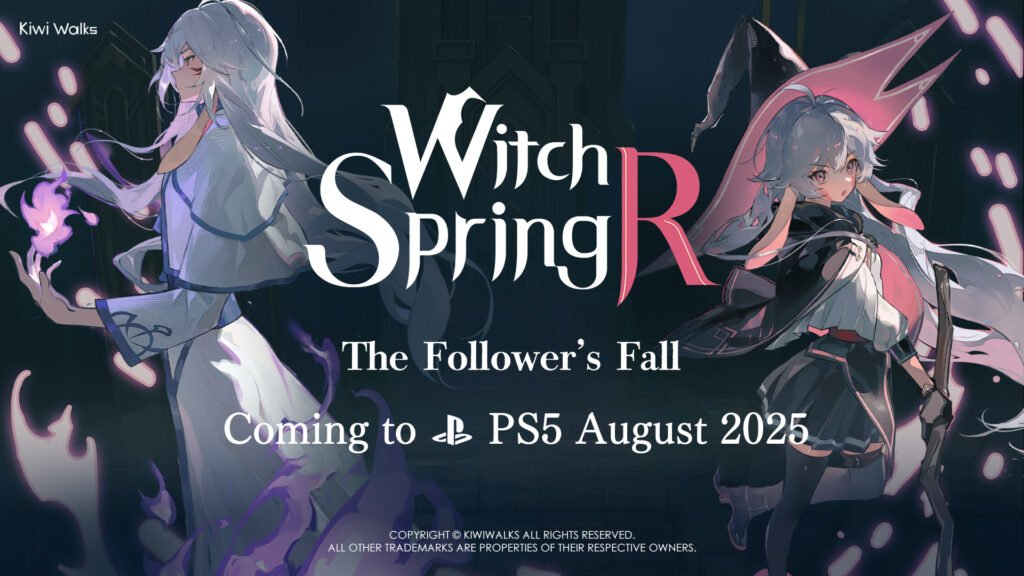Megadimension Neptunia VII is a game that I’ve put off reviewing for far too long. It’s not because it’s a bad game or somehow drastically different from what came before, but because all good things must come to an end. Of course, there are multiple Neptunia games before and after VII, but if we break the entire saga up into narrative arcs or themed trilogies, then VII could be considered the undesirable end to a very desirable trilogy of traditional JRPGs, and that’s not something I was quite ready for, and yet if I’m being completely honest, the saga desperately needs some closure.
On This Page
Introduction
The name has a quirky double meaning if you’re interested. The ‘VII’ not only marks the game as the seventh game in the series if you include the spin-offs but not the remakes, but if you say it as ‘V-2’ as intended, then we get what is a direct sequel to Hyperdimension Neptunia Victory and/or its remake, Re;Birth V-Generation. It sounds more complicated than it is.
Neptunia VII is easily the biggest entry yet, as the game actually contains three interlocking story campaigns, to the point that each has its own title screen. This is a throwback to the concept phase of the game’s development, during which it was once planned as three individual games, though there likely wouldn’t be enough content in total to do so convincingly. Each chapter is named after the dimension where it is primarily set.
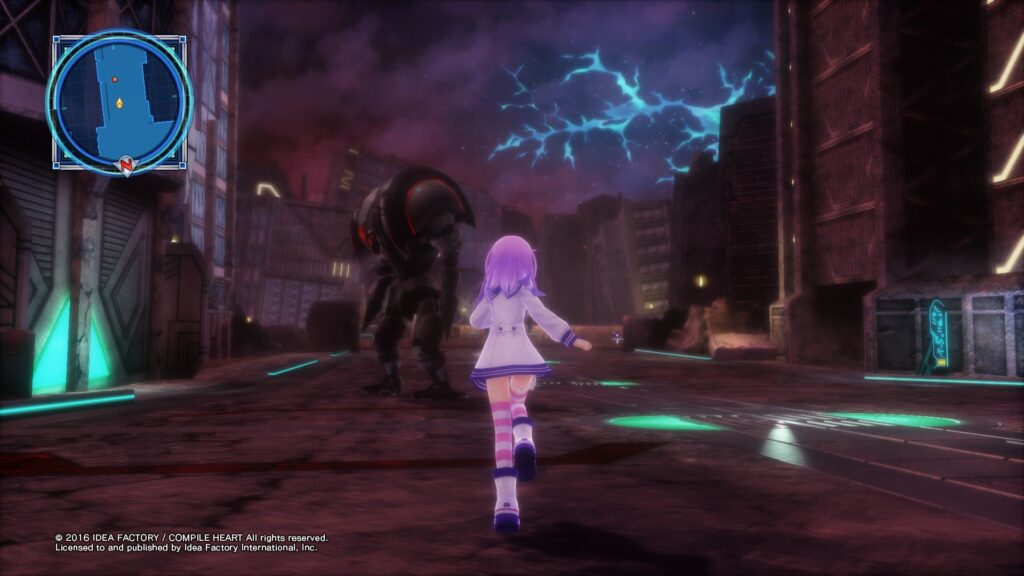
Story
With the era of peace continuing throughout the world of Gamindustri, Neptune, the ruling Console Patron Unit (CPU) and Nepgear, her sister and CPU Candidate of the nation of Planeptune, resume their lives of laziness despite warnings from their Oracle, Histoire. Histoire warns them that the world is entering the ‘CPU Shift Period’, where the public will attempt to discredit and oust their CPUs in favour of newcomers. However, before Neptune and Nepgear can prepare properly, they stumble across an old Sega Dreamcast game console which, when activated, transports the pair to an alternate dimension; the Zero Dimension.
Upon discovering this new dimension is a ruined wasteland inhabited only by monsters, the two are surprised to find a survivor, Uzume Tennouboshi, who is also a CPU. Neptune and Nepgear learn that, like Uzume, they are unable to transform to unlock their true powers in this world due to the absence of Shares (faith from the people) and so the trio journey across the land to locate fragments of power known as Share Crystals which they use to empower themselves enough to reclaim the land from the invading monster hoard and a giant known as Dark Purple.
Hopefully, the intervention of an older, dimension-crossing variant of Neptune can help the party find their way home, however things back home in the Hyper Dimension aren’t much better, as the CPU Shift Period brings with it a powerful quartet of mysterious warriors known as Gold Third, who have arrived to usurp the nations. Countless new monsters and strange golden towers have also appeared. Could all of these phenomena be connected somehow?
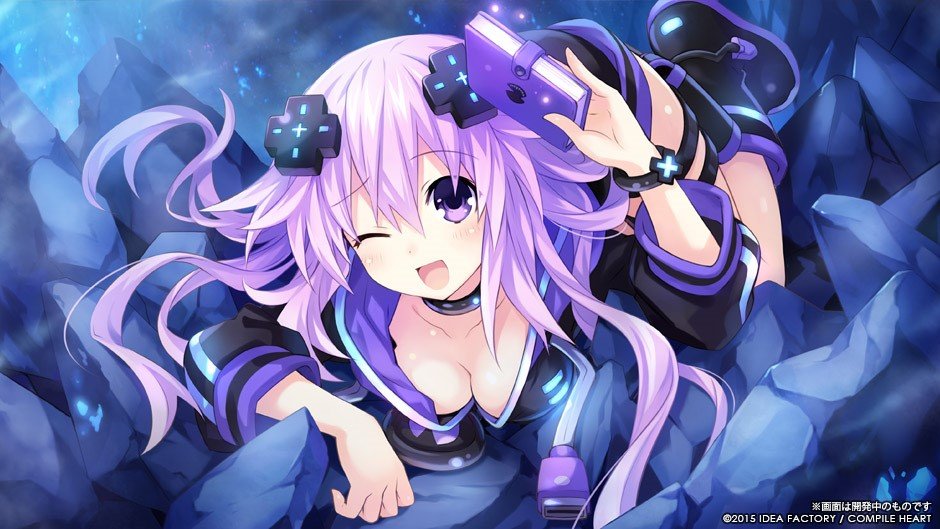
Gameplay
The gameplay mirrors many elements from previous entry Hyperdimension Neptunia Victory, which is a good thing. The combat system is a turn-based affair where characters can be moved within a circular area dictated by their stats, with players positioning the party in close enough proximity to the enemy to land their chosen attacks.
What Compile Heart has done this time is make the fights just a tiny bit more tactical, with character positioning now being more important. Some enemies have armour or breakable parts that can only be destroyed by attacking them from certain angles, or with elemental attacks. Destroying parts not only increases the damage dealt to enemies but can also net players rewards and rare items.
It’s a simple system, and most fights can be handled without focusing too much on statistical micromanaging, but there’s a decent bit of depth there for anyone willing to play around with it. Standard attacks can place emphasis on hit-counts which build up a gauge for special moves, raw damage which chips away health bars that bit faster or break damage which sits between the other two in terms of damage stats but also has the potential to break enemy parts and armour.
Previous games made use of a ‘guard break’ system which felt a bit more streamlined than the ‘parts break’ system here, since you could see your enemy’s guard damage accumulating on a clear gauge, whereas here it’s never clear how much damage you’re doing to enemy parts (if any) or even if they can be broken at all.
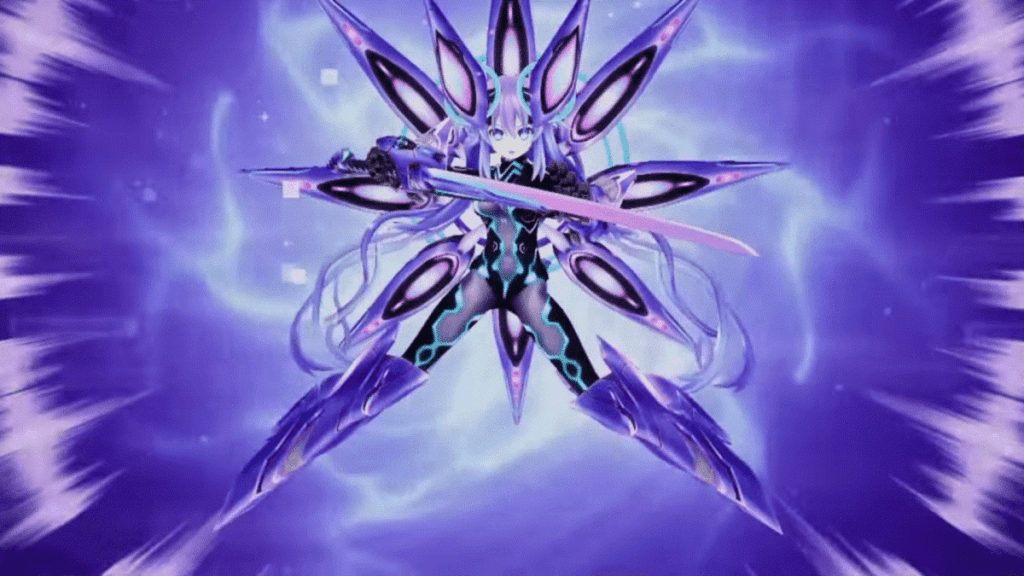
Additionally, characters can perform combination attacks by surrounding enemies. The combo attacks aren’t quite as important as they could be, but they add another option for experimental players, and more can be unlocked or enhanced by having your CPU party members transform into their sexy HDD modes for boosted stats and damage output.
Running around, exploring the multitude of dungeons often grants your chosen on-screen character with additional stat rewards as part of each character’s ‘challenge list’. These are simple, accumulative tasks like jumping a certain number of times, using certain special moves a specific number of times, defeating enemies without sustaining damage, etc. It’s a fun little incentive to get you to try out every available character.
On the other hand, somewhat tedious is the new world map mechanic. Players must now pick a location and follow a set path to reach it which may result in random encounters on the map until you unlock the ability to turn off these battles against the very weakest of enemies, and what’s worse is that upon defeating them, players must plot their course to their destination all over again which makes the whole concept both pointless and cumbersome.
Rounding out the list of features are returning concepts such as Guild Quests which give rewards for collecting specific items or defeating specific enemies, item crafting which unlocks new items in shops and disc development which yields additional upgrades. New mechanics include Investment, which lets players invest money into each city to include new items and other resources when levelling up the respective parameters. You’ll also be gifted top-tier equipment for mastering these.
Also returning from the Vita remakes is a simplified version of the Scout system which sends AI companions to scout the dungeons of your choice. Each scout offers a specific boost while they remain in a dungeon, such as extra EXP, extra critical damage, etc., while they also frequently report back with any cash, treasure, or new scouts that they find.
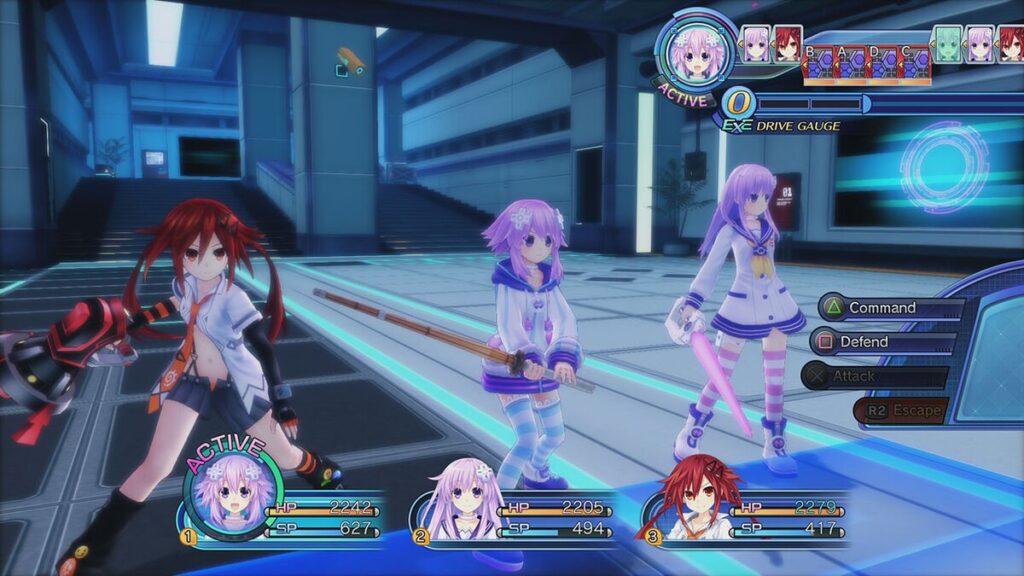
Graphics/Sound
For a series that seems content to copy-paste as much content as possible in its sequels, Neptunia VII has received a pleasing HD makeover. The 2D character sprites are pretty much the same as before but the 3D character models have all received a lick of paint. Textures are smoother, animations are more dynamic, and colours are more vibrant than ever before. Something I also didn’t realise until my second playthrough is that the frame-rate gets a pleasing boost when playing on PS4 Pro or PS5.
Some of the dungeons are rejigged drops from previous games, however the brand-new dungeons try to mix things up a bit with better lighting, details, and textures, though I did find some of the labyrinth-style dungeons a bit too long and confusing for my liking.
The music is a mixed bag, with some tracks returning once again from the older games, while the theme music used in the Zero Dimension makes for quite a depressing, even eerie opening chapter. Don’t worry though, the battle theme is incredibly catchy and enjoyable, and the plethora of returning voice actors do a stellar job as always.
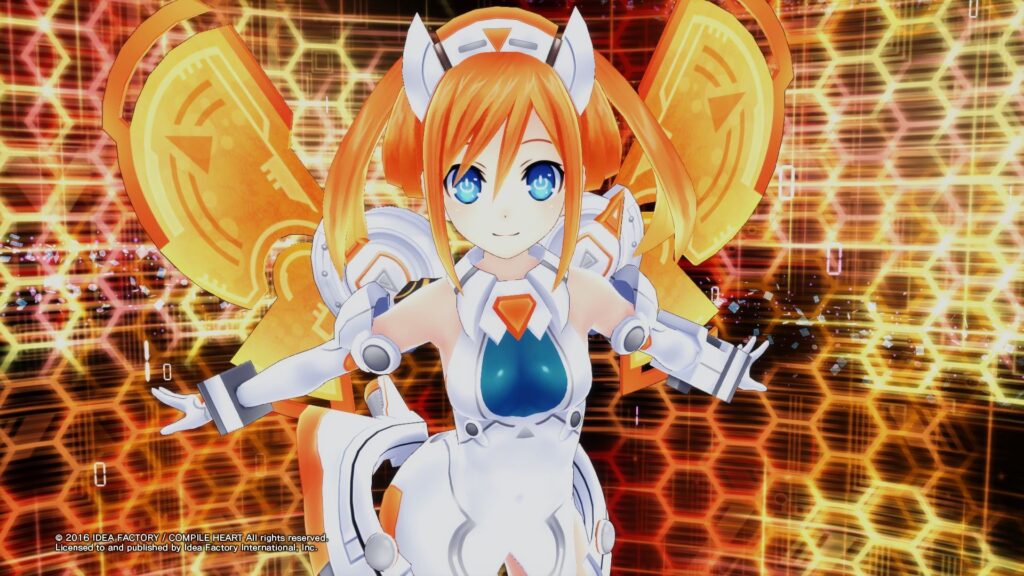
Replayability/Trophies
By the end of the game, I was invested enough to play through it a second time in New Game + to get the game’s happier ‘true’ ending, an ending I didn’t actually get to see since the game never bothers to tell you the requirements for it, so unless you’re planning to have a guide to hand throughout the entirety of your journey then you might need to make your peace with the platinum being out of reach.
This would be confirmed for me when trying to make sense of incredibly repetitive, jargon-heavy, optional mechanics, such as raising ‘Lily Rank’ affection levels and crafting ‘Discs’ using ‘Idea Chips’. These are elements where the work and time investment required far outweighs the rewards. I also found it hard to find any enemies which provide any worthwhile amounts of EXP once your character levels reach the 50s or 60s.

Conclusion
At this point in time, the Neptunia cast has started to reach a certain level of familiar charm, but that comes with the expectation that each lovingly crafted character gets their time in the spotlight to tell their story, and sadly that’s not always the case. With the last game introducing some incredibly memorable characters, such as the sadistic Plutia, the quirky Peashy and the psychotic Rei Ryghts, it’s a bit of a slap in the face to discover these three icons have been cut from the sequel entirely.
We’re not exactly short of replacement characters in this outing, each making their own contributions to the story, but I’m not sure it should be at the cost of dropping perfectly good characters from the roster. We’ve got Older Neptune now, who’s sure to be a fan favourite, but the four members of Gold Third are rather forgettable once you’ve played through each of their respective arcs.
There is a reason for the inclusion of the four Gold Third girls, and that’s to drive home that no matter where you stand in terms of which console is best, a console can only ever be as good as its games. These four girls represent Japan’s ‘big four’ game developers, Square-Enix, Bandai-Namco, Capcom, and Konami (sorry Koei-Tecmo, you didn’t make the cut), and so it stands to reason their avatar characters would be powerful amalgamations of their franchises. It’s quite clever, really.
Uzume is perhaps the most standout of the new characters, being something of a tertiary protagonist. She’s an anthropomorphic representation of Sega’s final console, the Dreamcast, and as such, will endure more than her fair share of hardships and tragedy during her story. The problem is, she’s not the most likeable character. Uzume is ashamed of her natural girliness and tries too hard to be a cool, nonchalant tomboy which can come across as incredibly needy for attention.
Oddly, I also found fault in Uzume’s strange choice of weapon, since each character normally uses a weapon which compliments their personality. Neptune uses a standard sword to emphasize her status as default protagonist, Nepgear prefers a lightsaber-style weapon since she loves technology, and Blanc uses a giant hammer to compensate for her small stature. Uzume uses a megaphone, which is as nonthreatening as it is silly. I suppose that’s one way to be an attention-seeker.
The game still deserves recognition for delivering an overall entertaining experience, but we’ve reached a point in the overarching story where it’s time to commit to a proper ending, and that’s not what we’ve got here. Uzume’s story certainly feels finished, but what of Neptune’s? This is supposed to be the story of Sega’s unfortunate downfall in the console market, and while Planeptune and its ever-growing number of CPUs will certainly take the occasional beating, it almost feels like Compile Heart is afraid to either de-power or kill off its beloved characters.
There is still enough here to keep the fans happy. The rampant fourth-wall breaking and embracing of anime tropes have become a fond routine which is a lucky break for the game since the writing hasn’t really evolved much. There’s still loads of girly banter and no shortage of fan-service. Within the first hour I was treated to the spectacle of a still image of Neptune, Nepgear and Uzume, stark naked together in a shower. It’s just what Neptunia does.
It’s an oddly ambitious game in many ways. It’s a huge journey with plenty to do, but there isn’t really anything here we haven’t seen before. It starts surprisingly linear and depressing but does open up to become a grander yet familiar adventure. So, it does its job. It’s not the epic climax we need, but it’s passable enough, even with its weaker cast of characters.
Joys
- Loads of content
- Superb voice acting
- Plenty of Neptunia charm, humour, and fan-service
Cons
- Mediocre story without much closure
- Complicated true ending requirements
- Annoyingly confusing trophies
